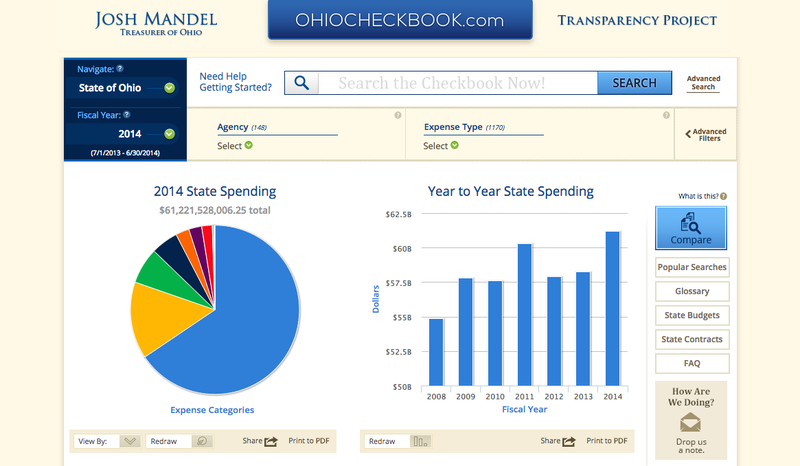• Central State University missed deadline after deadline for the completion of a data request. To follow up, I would call or email for a status update. After several conversations over the course of several weeks, I was asked to stop calling. The woman I spoke to said, “Maybe if you quit bugging us, we’ll actually have time to work on your request.” I don’t know if I was more shocked by the slowness or the rudeness.
• Cities are just as bad as universities. Painesville could not break out health-care costs by employee. The other information I received from the city was unusable, so I ended up excluding Painesville from my project. I faced similar situations with the cities of Wickliffe and Willowick. I’m still waiting on a response from the city of Mentor from three years ago. Needless to say, I gave up on this project long ago.
The transparency problem is not unique to research organizations. Even when I worked in state Treasurer Josh Mandel’s office, local governments were resistant to providing us with financial information.
When it comes to government transparency, sunshine laws are not enough, especially because Ohio, unlike most other states, has no time frame in which the government must respond. When the government does respond, it takes months to get what you actually want. It’s not rocket science; it’s basic information that all government entities should have readily available for themselves (if no one else) at all times.
As the leaders of Opportunity Ohio have been saying for several years, governments need to publish their fiscal data because taxpayers deserve to know how their hard-earned money is being spent. DataOhio, a bill proposed in the Ohio House, does exactly this: It would require local governments to put their financial information online in a uniform format so it is easily accessible for citizens, researchers and academics.
The biggest argument against DataOhio is the compliance cost. It’s a fair point. However, standardization will bring some much-needed organization to Ohio’s nearly 4,000 government entities. In the long run, it likely will reduce the costs as citizens become better equipped to hold governments accountable for financial decisions.
For an example of successful standardization, we need look no further than the Ohio Department of Education. Ohio’s 600-plus school districts are required to submit data to the state, which the department publishes in a data warehouse on its website. For researchers and concerned citizens, it is a gold mine. Five-year financial forecasts for every district also are readily available online. Is the Department of Education’s data system perfect? No, but it is light years ahead of Ohio’s other government agencies.
After working in the private sector at Alliance Data Systems in Columbus, I am further convinced that there is absolutely no excuse for this backwardness. If the state wants to collect the data instead of merely requiring governments to publish it, the state might need to build a portal for submissions, but local governments shouldn’t need much more than a working computer with the Internet and Excel. This is 2013, not 1983 — although you’d never know it after talking to some of our local public servants.
I have one positive thing to say about the mess that is government data: It has kept me gainfully employed since I graduated from college.
Mary McCleary is the vice president of policy at Opportunity Ohio, a free-market think tank in Columbus.
This article originally appeared in the Columbus Dispatch.

